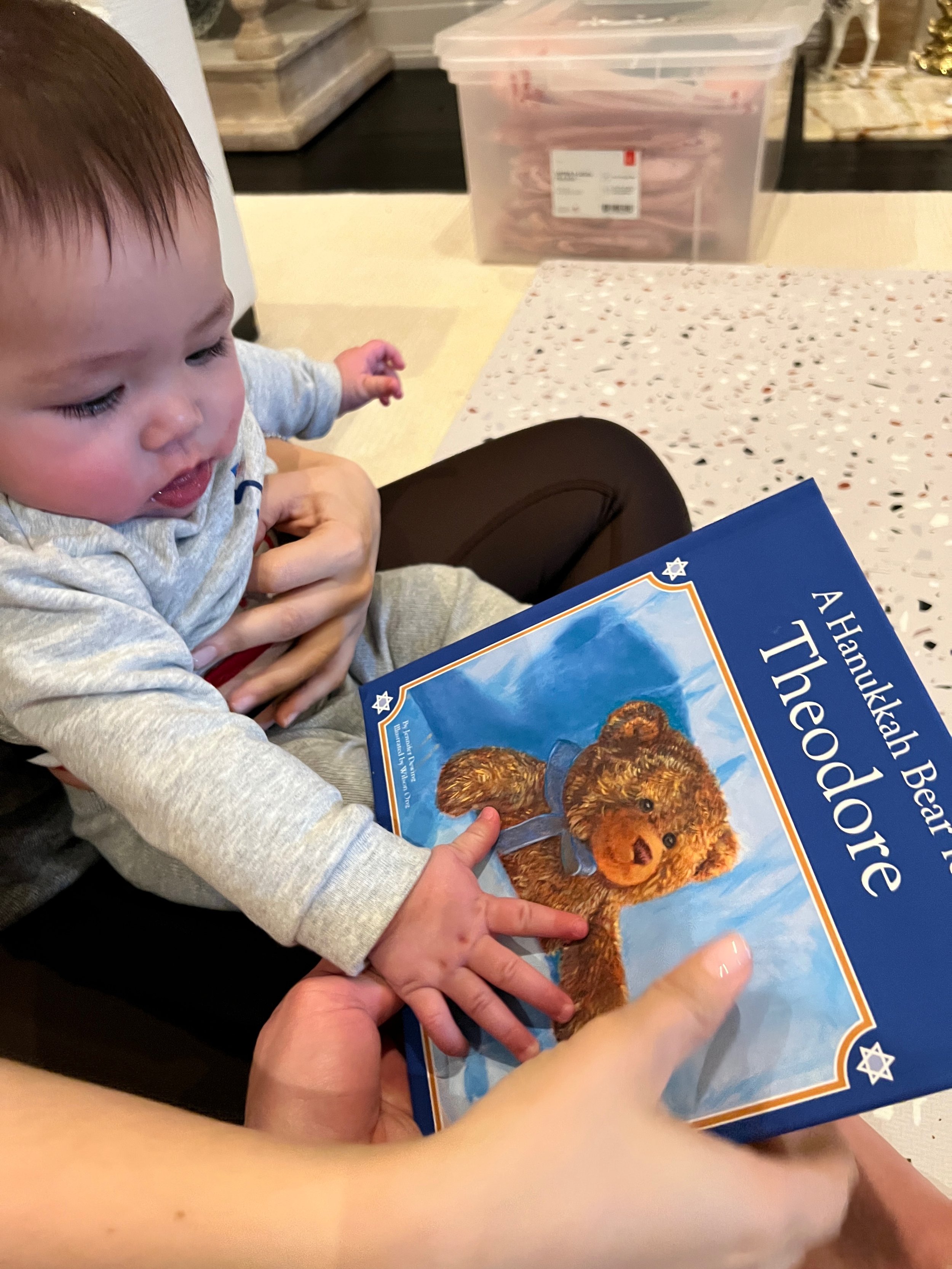Teaching Your Children to Embrace Their Heritage in a Multicultural Family
In today's diverse and interconnected world, many families find themselves navigating the beautiful journey of raising children in a multicultural environment. In our case, I am a Spanish/Australian Jew, and my husband, Derek is a Vietnamese/American Buddhist. Passing on the many traditions and celebrations we were both raised with to our son Theo is important to us. We want to instill a sense of pride and respect for his heritage from a young age. In doing so, we have deepened our own connections as well. Here are some of the ways we are incorporating multiculturalism into our lives.
1. Lead by Example:
Children learn best by observing and imitating their parents. As parents, it is crucial to showcase your own pride in your heritage and actively engage in cultural traditions, celebrations, and activities. By demonstrating this enthusiasm, you create a positive learning environment that encourages your children to explore and embrace their own cultural backgrounds. Whether it's cooking traditional meals, celebrating holidays, or just lighting the candles on Shabbat, we prioritize these occasions and make the effort to create memorable experiences for the whole family.
2. Share Stories and Family History:
Storytelling has been an integral part of preserving cultural heritage throughout history. Share the stories, folklore, and family history that hold meaning to your cultural background with your children. These tales not only provide them with valuable insights into their heritage but also foster a sense of belonging and pride. Even at his young age, we read Theo stories in Spanish and Vietnamese. He is also very lucky to have 3 great grandparents who he gets to spend lots of time with. We hope he will cherish these memories when he is older.
3. Explore Cultural Diversity:
In a multicultural family, it's important to celebrate not only your own heritage, but also the diversity of other cultures. Regularly expose your children to different cultures through books, movies, music, and art from around the world. Visit museums, attend cultural festivals, and explore diverse cuisines as a family. Encourage your children to ask questions, engage in discussions, and learn about different customs and traditions. By fostering an open-minded and inclusive mindset, you help your children develop empathy, understanding, and respect towards others.
4. Language and Communication:
Language is a powerful tool for preserving cultural identity. If you and your partner speak different languages, create an environment where both languages are practiced and valued. In our case, we loosely follow the OPOL (One Parent-One Language Method). I speak to Theo mostly in Spanish and Derek speaks to him mostly in Vietnamese (more on that in a coming blog).
Language not only connects children to their heritage but also helps them form deeper bonds with relatives and understand cultural nuances. It takes effort, but is truly one of the greatest gifts you can give them
5. Travel and Immersion:
Traveling to your ancestral homeland or immersing yourselves in different cultural environments is an excellent way to foster a greater understanding and appreciation for heritage. Plan vacations that involve visiting historical landmarks, attending cultural events, and spending time with extended family members. We've never let the challenges of traveling with a small child stop us. The experiences he is getting are so worth it.
In a multicultural family, teaching your children to embrace their heritage is a journey that requires patience, understanding, and commitment. But by making the effort and employing these practical tips, you too can create an environment that celebrates diversity, fosters cultural pride, and instills values of respect, leading your children towards a life enriched by their own heritage and the heritage of others.

